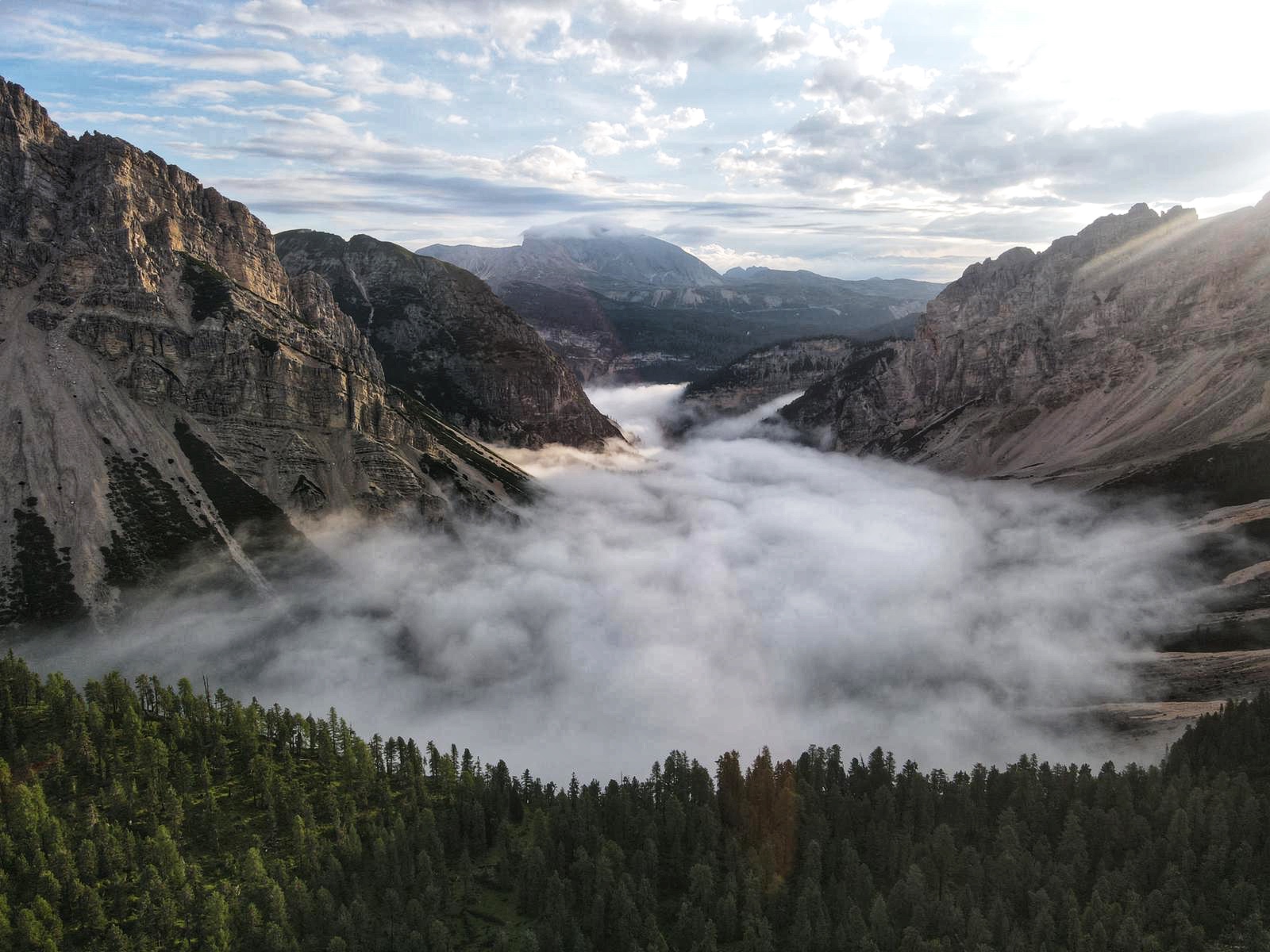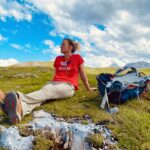Please forgive my House of Pain reference. If you’re too young to get it, look it up. 🙂
In the grand scheme of things I haven’t been hiking for that long. I only started doing ‘real’ hikes when I went to college. I have always enjoyed the outdoors and outdoor activities but were I grew up there were no mountains or good hiking trails, only cows. There was definitely no shortage of cows… While being constantly outdoors I learned some very important things that kept me safe. That knowledge has only grown over the years and I wish to pass on a bit of it to all of you.
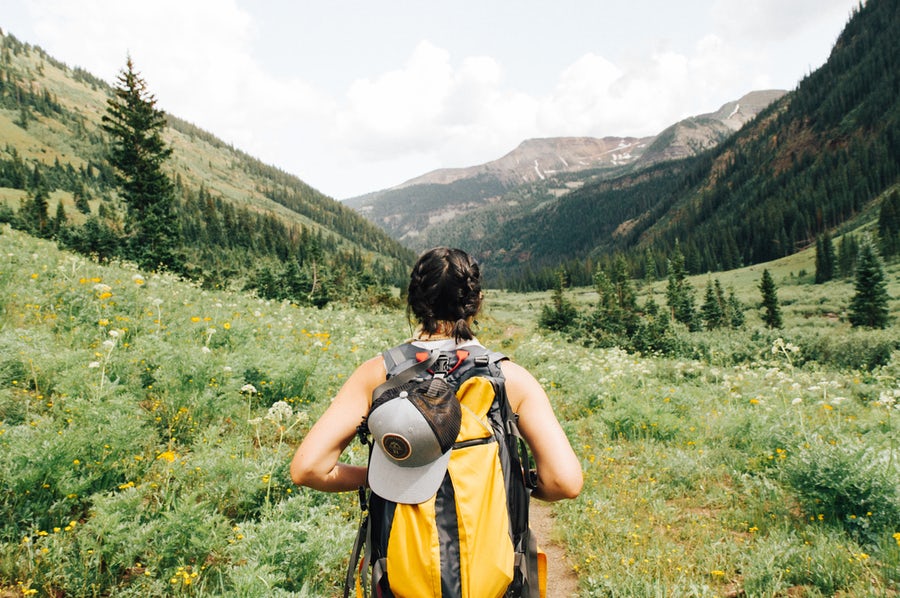
Since Instagram started I have begun to see an influx of people that are ill prepared for hiking excursions and backcountry terrain. As an outdoors person there is nothing more infuriating than seeing people get hurt unnecessarily due to lack of knowledge. I have listed out some tips on how to help keep yourself safe in the desert, but most of these tips can be applied to hiking anywhere in the world.
Desert hiking tips:
Water – You should pack a liter for each hour you spend hiking in the desert, although make sure you are well hydrated before starting any hike. Don’t spend the night before a long hike ‘drinking the night away’. Buzz kill, I know.
Replenish electrolytes – When you sweat you lose sodium and other important minerals. Pack some sports drinks, electrolyte shots, or electrolyte powder/tables to add to your water. I personally like ‘Nuun’ tablets. They aren’t chalky like some other brands I have tried.

Take advantage of the shade – If you do find yourself running out of water or become overheated find a rock or anything casting a shadow and sit in it for an hour or two. This will help to lower your core temperature.
Do not eat the cacti – Its a myth that breaking open a cacti will do anything for your thirst. They do contain water but are quite salty and not good for drinking. The only cacti that are worth eating are cacti fries in Sedona. If you find yourself there, make sure to give them a try.
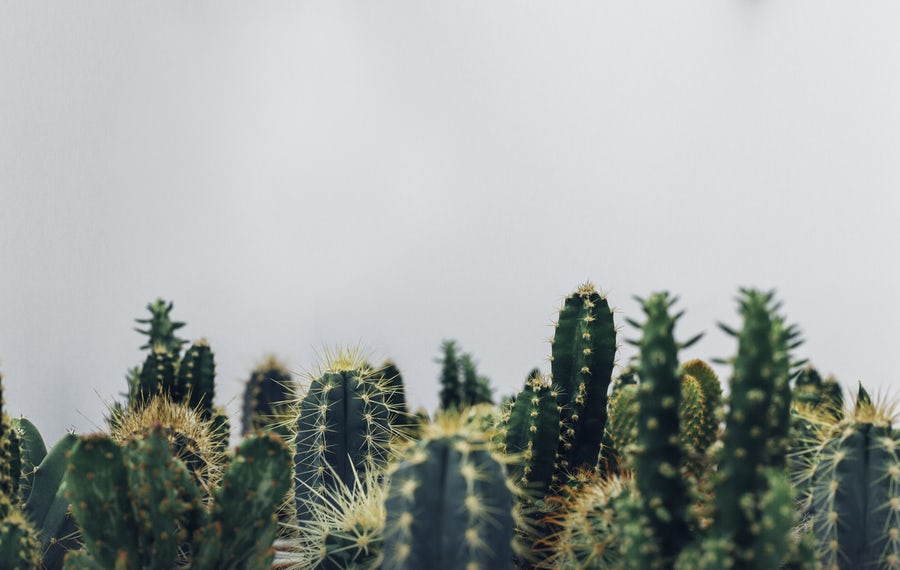
Bring a map – Trails in the desert can be primitive and it’s easy to get lost. Don’t rely on electronics to guide your way. It is likely that they will fail or you will not have service (unless you make it to the top of a mountain).
Bring moleskin and extra socks – Wet socks can make for a miserable hike and cause blisters. A change of socks and moleskin to put on the blisters can make all the difference. I highly recommend packing a small first aid kit.
Pack snacks – They will keep your energy high and salty snacks are great to help retain the water you can lose quickly. Plus, who doesn’t like snacks??
Always pack a headlamp or flashlight – It’s easy to miscalculate how long your hike is going to take and the sun goes down quickly. You do not want to be hiking in the dark. It’s a lot less stressful knowing that you can take your time instead of having to rush and risk tripping on something.
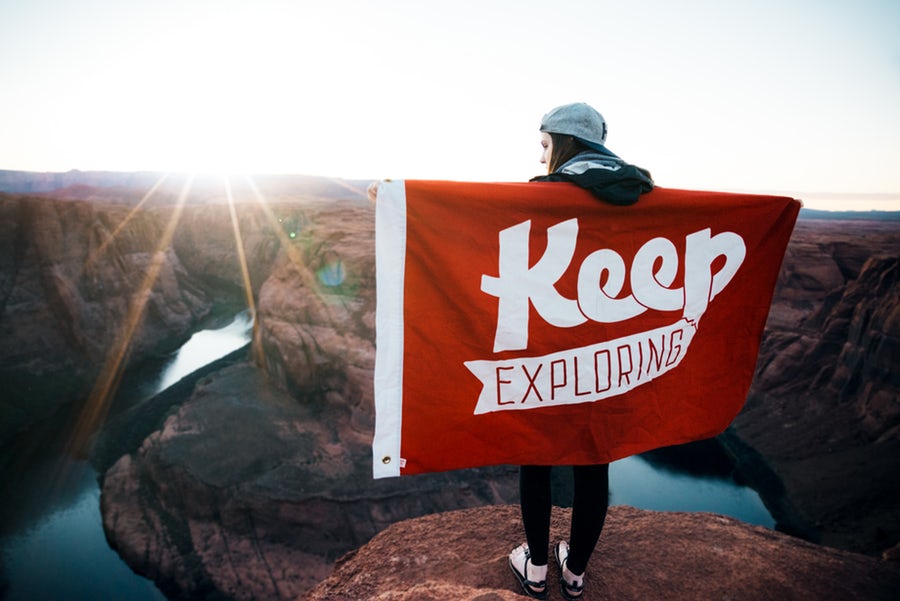
Pack a multi tool – You never know when this will come in handy, especially if you need to remove a cacti barb. Or fight off another hiker trying to steal your snacks…
Wear a hat and loose clothing – The last thing you need on the trail is sunburn.
Avoid hiking during the hottest part of the day – This is typically between 11AM and 3PM. Wake up with the sun (or before) and start hikes early.
Learn to recognize signs of heat related emergencies – Spending time in the desert temperatures while being highly active can be a recipe for heat related emergencies like heat exhaustion and heat stroke. It is imperative that you know how to recognize signs of these conditions and how to provide first aid. The American Hiking Society provides an online resource you can use for reference.
Know your limits – Know your physical limits and stay within them. Rest often and take advantage of the shade. This can be the difference between an enjoyable experience and a heat related emergency.
Never hike alone and leave your itinerary with a friend – Let someone know where you are going, the route you are taking, and when you expect to be back. If you get lost or injured you want someone to know to look for you and where to start.

Check the weather – Monsoons and flash floods are a real danger in the desert. Avoid open areas, low lying areas, and slot canyons during thunderstorms even if the storm is not directly overhead.
Watch for wildlife and keep your distance – Animals and other critters, like rattlesnakes, are fighting for their survival. The last thing you want is to appear like a threat to them.
Stock your car with extra supplies – Leave extra food, water, electrolyte boosters, and medical supplies in your vehicle in case you’re feeling a little rough when you return from your hike. If your car breaks down in the desert you will be glad you did. Desert heat is no joke and you never want to run out of something you really need.
Also please, please, please practice leave no trace principals. We only get one planet and we need to take care of it and do our very best to preserve it for future generations. There are tons of areas that are closing their gates to visitors due to vandalism and other issues.
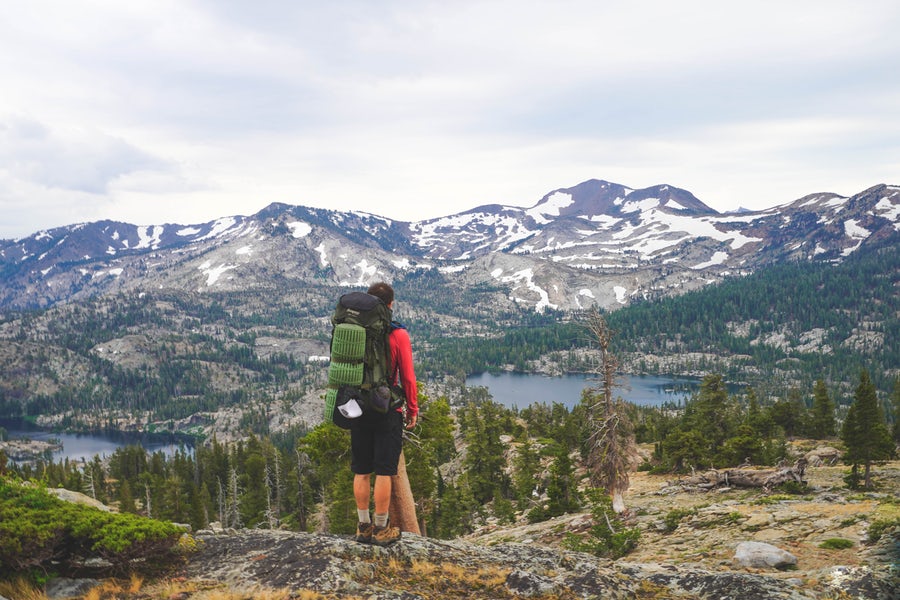
LEAVE NO TRACE – There are seven principals of Leave no trace.
- Plan ahead and prepare.
- Travel and camp on durable surfaces. In the desert you can protect fragile biological soil crust by only hiking only on established trails, bare rock, or in sandy washes (where water flows when it rains). Also no climbing or walking on the arches.
- Dispose of waste properly.
- Leave what you find.
- Minimize campfire impacts (be careful with fire).
- Respect wildlife.
- Be considerate of other visitors.
If you are not familiar with these principals and would like to know more, you can read all about them here.
Safe Travels and Happy #wildbumming!!
-KT (@globetrotterkt)
Globetrotterkt@zoho.com



